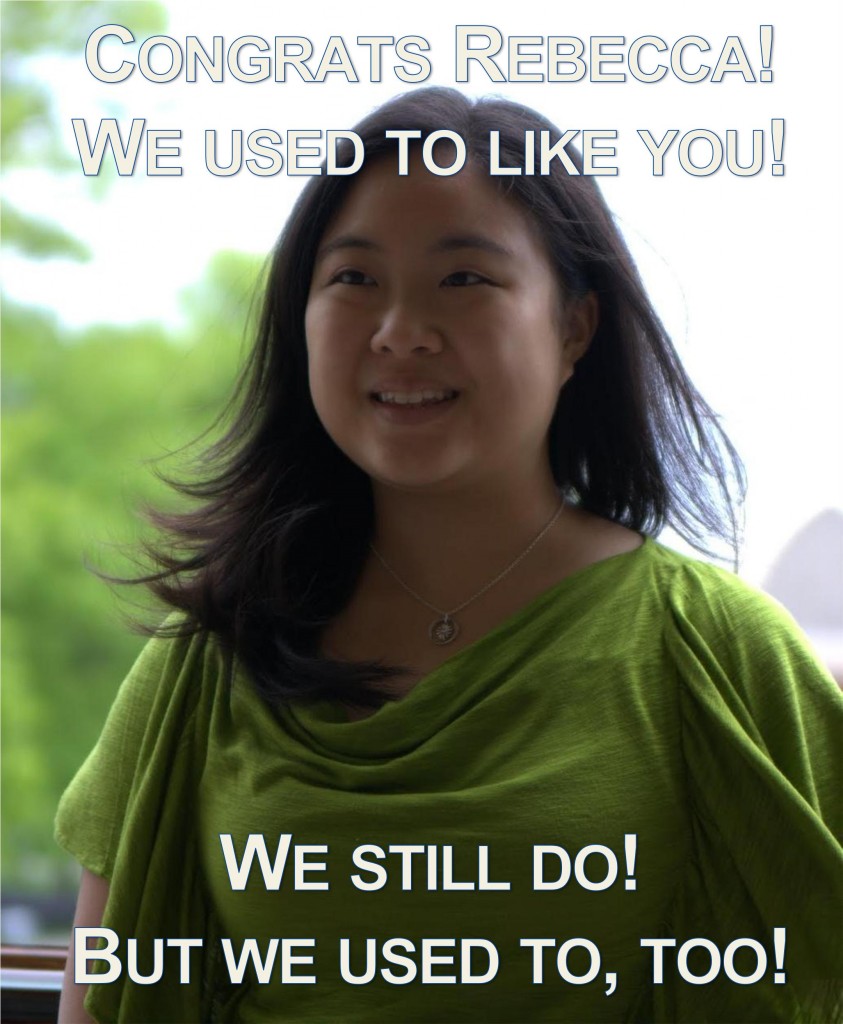Members of the Drubin/Barnes Lab and others collaborated this month to create musical magic (or madness?) in the form a parody of the musical number “Under the Sea” from Disney’s The Little Mermaid. The video was a submission for UC-Berkeley Department of Molecular and Cell Biology‘s annual funny movie event MCB Follies.
We hope you enjoy it!
CONCEPT: Akemi Kunibe
LYRICS: Eric Lewellyn
VOCALS: Nathaniel Krefman
BACKING VOCALS: Sun Hae Hong & Akemi Kunibe
CINEMATOGRAPHY: Akemi Kunibe, Jeff Woodruff, & Eric Lewellyn
EDITING: Jasper Weinberg & Akemi Kunibe
STARRING: Eric Lewellyn, Rebecca Lu, & Jasper Weinberg
CAST (in order of appearance): Rebecca Lu, Jasper Weinberg, Eric Lewellyn, Jeff Woodruff, Akemi Kunibe, Kathryn Sievert, Adrienne Greene, Sun Hae hong, Benjamin Gowen, Wendy Ingram, Kevin Barry, Caitlin DeJong, aileen Kelly, Caitlin Shartner, Christopher Alvaro, Jennifer Cisson, Nathaniel Krefman, Colin Cerretani, Thomas Burke, Julia Durack, Christina Glazier, & Michelle Reniere
________________________________________________
LYRICS:
Private industry, it’s a mess. Life here in the UC Berkeley is much better than anything they got out there.
The money is always greener,
In some private company.
You quit you could be a tech there,
But you would be sad you’ll see.
Just look at the world around you,
Right here through the lab room door.
Such wonderful things surround you.
What more is you lookin’ for?
In the UC!
In the UC!
Darling it’s better,
Grab your pipetter,
Come follow me!
Here you can surf for half the day.
With a real job you’ll slave away.
Ya we be chillin’.
Time we be killin’.
In the UC!
Right here all the postdoc happy.
They follow where research go.
The industry doc ain’t happy —
They feel like they sold their soul.
But doc with a job is lucky —
They in for a worser fate:
One day when the boss sell company,
Guess who eatin’ ramen plate!
Uh Oh!
In the UC!
In The UC!
We doin’ science.
We not some appliance,
for makin’ money.
They got a team of robots manned.
We got the Zen of workin’ by hand.
We got no worries,
Troubles or hurries,
In the UC!
In the UC!
Each protein gel here,
Runnin’ so well here,
Bands are so clean.
Even though takin’ lots of class,
Can be a real pain in the ass,
While we be learnin’,
money be earning,
In the UC!
The tub is the bass,
the drum is the flask,
the beakers are good,
for most any task.
Our science is play.
We do every day,
Like Nate, who’s the Duke of Clone.
Yeah!
He put DNA,
In cells on the plate.
The sequence is good.
There ain’t no debate.
Right here where it’s at,
Our microscope phat.
An’ oh that protein glow!
In the UC!
In the UC!
No scientist here,
Like to get pissed here,
You will agree.
We got a campus full a perks.
They got a boardroom full of rich jerks.
Each undergrad here,
Learning like mad here.
In the UC!
None of our tech here,
is pain in the neck here.
In the UC!
Each PI swell here.
Get the Nobel here.
Publish in Science,
Nature, and Cell here.
Stay academic.
The fun is pandemic!
In the UC!





